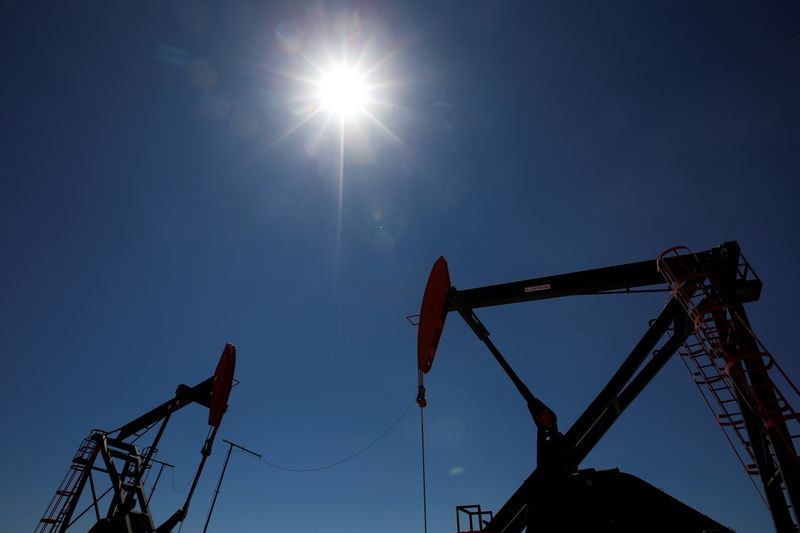UBS cuts oil price forecasts for 2025-27 on OPEC+ unwind
- April 2, 2025
- Category: Futures

Investing.com -- Following the recent decision by OPEC+ to boost oil production earlier than expected, UBS has revised its Brent oil price projections for the years 2025 to 2027.
The investment bank has cut its forecast for 2025 and 2026 by $3 per barrel to $72 and has decreased the 2027 forecast by $2 per barrel to $73.
The long-term forecast remains unchanged at $75 per barrel from 2028 onward, when a slowdown in non-OPEC+ supply growth is anticipated.
The updated outlook comes in response to OPEC+’s early March announcement to reintroduce barrels into the market starting in April.
“For 2025, we still see the oil market as finely balanced thanks to other offsetting developments such as lower Venezuelan and Iranian production, assuming OPEC+ pauses increases in 2H, limiting the downside,” analysts led by Henri Patricot said in a note.
The analysts expect market prices to remain volatile amid significant uncertainty, though Brent is "more likely to trade in the lower half of our $65-85/bbl range,” they noted, adding that positioning has returned to a more normal level.
While the OPEC+ decision has realized a downside risk to their previous $75 per barrel Brent outlook for 2025, UBS highlights that other risks persist.
Weaker oil demand, potentially exacerbated by tariffs affecting global GDP growth, remains a concern. Conversely, supply disruptions could occur due to U.S. policy towards Venezuela, Iran, and Russia, potentially leading to a larger impact on oil supply than currently projected.
UBS does not interpret the OPEC+ announcement as a fundamental strategy change but rather as a sign that the group will continue to adapt its output plans to market conditions.
Although the agreed compensatory cuts could limit the immediate increase in production, the bank is skeptical about full compliance, referencing Kazakhstan’s plans and previous performance.
UBS also points out that the large spare capacity within OPEC+ serves as a cap on upward price risks, allowing the group to quickly ramp up production in case of disruptions or to intervene if demand falls short of expectations.

